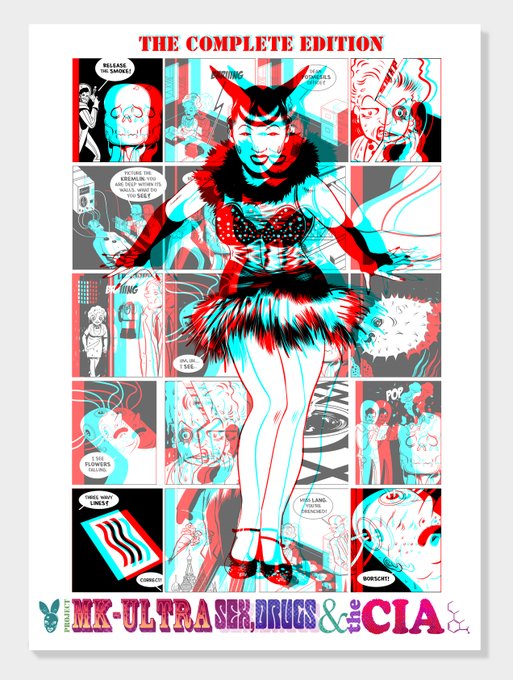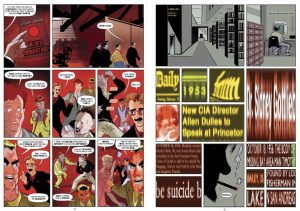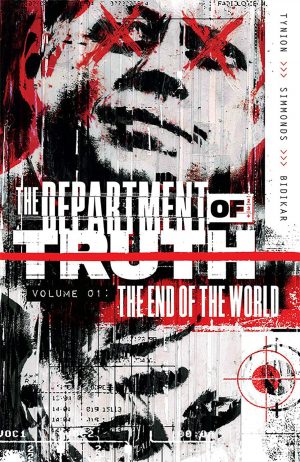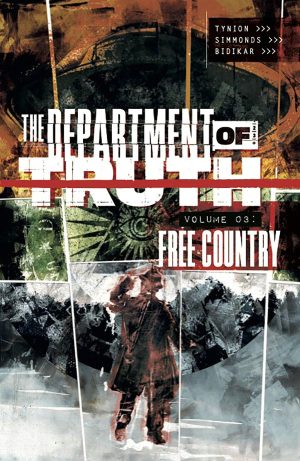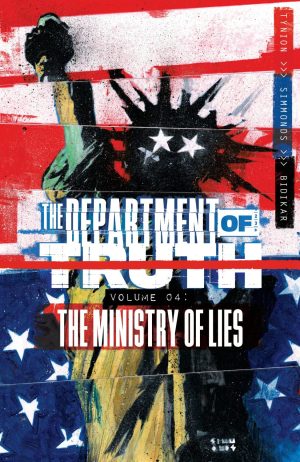Review by Frank Plowright
Previously released as Volume 1 and Volume 2, it’s pleasing they were obviously successful enough to merit this combined edition. The short review is that if you have any interest in the insane and immoral population control methods trialled in the 1960s and haven’t already bought the original editions, this is essential. The bonus is a 3-D cover with glasses included in a pouch inside.
Clocking in at just under three hundred pages, Stewart Kenneth Moore’s intensely researched project lays bare truths stranger than fiction in detailing CIA experiments with psychotropic drugs devoid of oversight and with an unlimited budget. That diversion into insanity was codenamed Project MKUltra, and while there’s no doubt as to its existence, the CIA have been curiously reluctant to release information.
Moore’s adapting an as yet unproduced screenplay written by Brandon Beckner and Scott Sampila, and they couldn’t ask for a better calling card that this insanely imaginative visual delight. The entire story is madness, and madness is what Moore provides, effortlessly switching styles and mood to match the ongoing insanity. It’s not just the art itself that impresses, as Moore makes astonishingly effective use of colour, design and typography.
Everything begins with Swiss chemist Albert Hoffman’s experiments with hallucinogenic properties of lysergic acid diethylamide, more popularly known as LSD. This was seized upon by the CIA in the 1950s as a possible means of generating a truth serum, and there were no niceties about restraint. As ever with the CIA, they’re protecting the goddamn United States of America, and possess a messianic conviction that anything and everything is justified in the name if it, so heaven help any poor schmuck that gets in their way. In the 1970s this looks to be San Francisco journalist Seymour Phillips, his stock sufficiently low enough that what he learns about the CIA’s activities in the 1950s and 1960s isn’t instantly believed. Or is he just being dragged down a rabbit hole by a fried proto-conspiracy theorist?
Much of the truth about Project MK-Ultra vanished when documentation was destroyed by CIA director Richard Helms in 1973, fearful of where journalists might start investigating in the wake of the Watergate revelations. It leaves much of what’s been disclosed as only supplied by a single source, with speculation filling the gaps, yet what truths are known are already stranger than fiction.
Visionary art combines with insanity for a conceptually compelling period thriller set when the truth was actually still out there.
